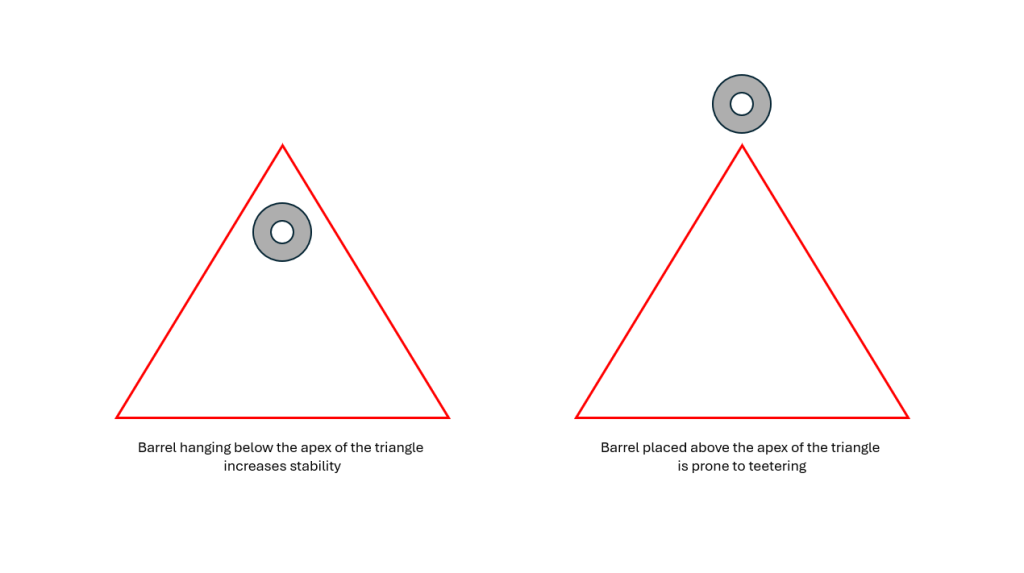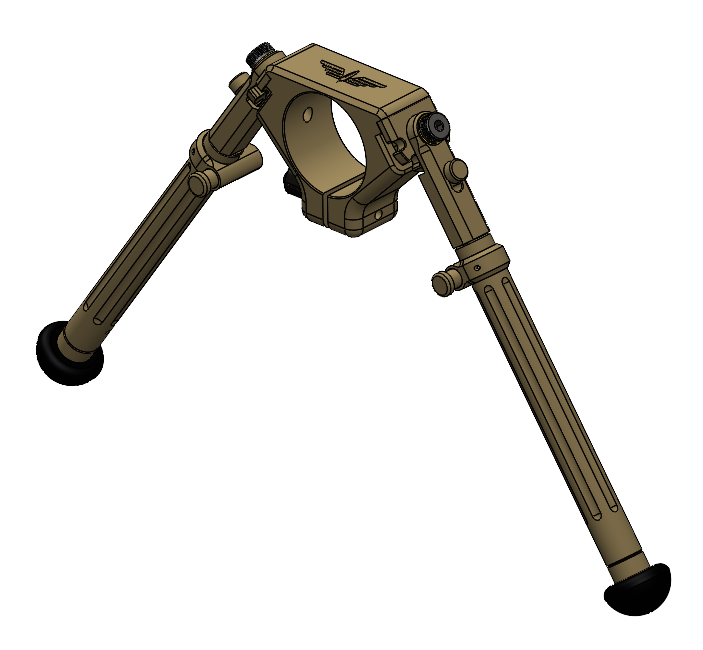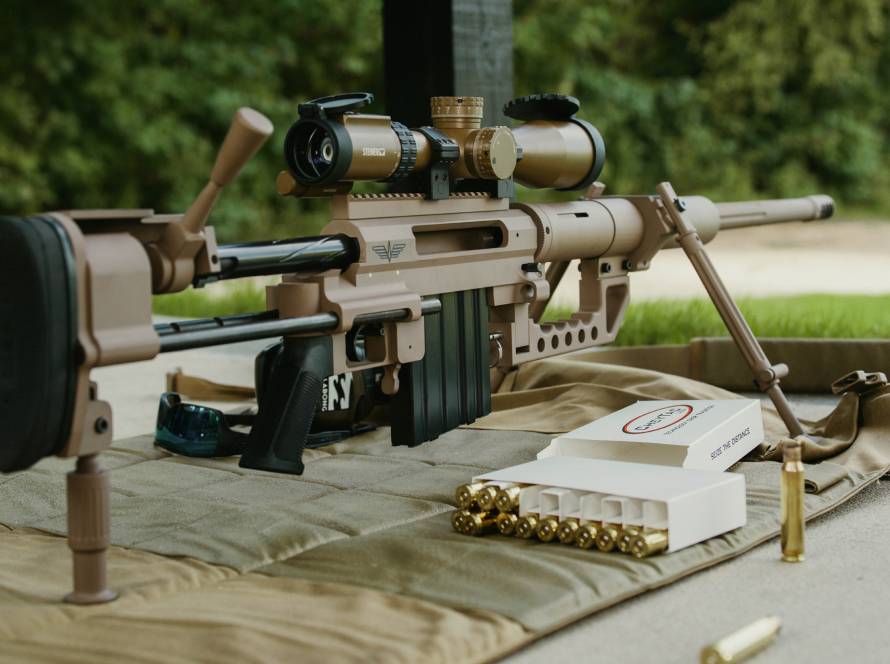From the earliest days of precision marksmanship, shooters have recognized the value of a stable firing position. As long-range rifles have grown in size and capability, bipods have evolved to meet the demands of supporting increasingly heavy weapons platforms. These two-legged stands may seem simple at a glance, but modern offerings provide a startling number of customization options to provide an optimal shooting position.
Innovation in bipod design has become a crucial component in advancing the entire shooting system. For extreme long-range rifles, support gear must not only hold up under stress but also enhance the shooter’s ability to focus entirely on sight picture and trigger control.
Rifles like the CheyTac M200 Intervention demand support gear that can match their performance. A bipod that can keep pace with the precision of today’s rifles directly influences both accuracy and the shooter’s confidence in making first-round hits at distance. Recognizing this, CheyTac’s design team has been hard at work designing an all-new bipod system that pushes the performance of the M200 farther than ever before.
Why Do I Need A Bipod, Anyway?
At its core, a bipod functions as an external support structure that stabilizes a rifle’s forend. When deployed, it creates a triangle of support between the rifle and the ground, minimizing shooter-induced movement. This stability reduces the natural sway that occurs when firing unsupported, allowing for a tighter point of aim and more consistent shot placement.
Research and field testing consistently demonstrate that shooting from a bipod-supported position results in reduced barrel movement and significantly smaller shot groups. For precision weapons used in the field to hit long-distance targets, an integrated lightweight bipod is an essential component, allowing for rapid deployment in conditions that may not permit a lengthy setup.
Modern bipod systems often feature adjustable cant and pan, leg length extensions, and interchangeable feet. Each element plays a role in enhancing performance in varying conditions.
For example, cant allows the shooter to level the rifle on uneven ground, while pan helps track moving targets, and adjustable legs adapt to changes in terrain. Together, these mechanical functions allow the shooter to stay focused on the fundamentals of marksmanship without distraction.

The 2025 M200 Intervention Bipod Design
CheyTac’s newly redesigned bipod for the M200 Intervention builds upon years of proven field performance. The original design philosophy placed the barrel within the triangle of stability, anchored by a rotating clamp at the bore’s centerline. This eliminated the top-heavy “teetering” common with conventional bipods mounted below the barrel, giving shooters a more balanced firing platform.
The 2025 update builds upon this foundation with a series of carefully engineered enhancements. The legs now feature 45-degree deployment positions, giving the shooter greater versatility when establishing a firing position.
A toolless cant adjustment allows for rapid leveling, reducing setup time and increasing efficiency in dynamic environments. Interchangeable feet expand adaptability further, with standard rubber feet for range surfaces and optional stainless steel spikes for natural terrain.
Leg length adjustment has also been refined, with half-inch increments between 10 and 14.5 inches. This fine resolution enables precise alignment of rifle height and optic position.
An ergonomically placed length-adjustment button, accessible by the shooter’s thumb, streamlines changes without requiring the rifle to be repositioned. Combined with a smaller, lighter bracket clamp and a slightly widened stance, the 2025 bipod achieves both reduced weight and improved stability in a single package.

How The 2025 M200 Bipod Stands Out
Conventional bipods often attach at points beneath the barrel, creating a pivot above the bore line. This configuration leads to a top-heavy teetering effect that can cause unwanted movement and instability.
The 2025 M200 bipod resolves these shortcomings through its rotating clamp at the bore’s centerline. By anchoring the pivot at the rifle’s true center, the system minimizes roll and sway, creating a balanced platform even under recoil.
The widened stance broadens the triangle of stability, further reducing side-to-side movement. The toolless cant adjustment offers a significant speed advantage over previous designs. The modular foot system extends versatility beyond what fixed rubber feet can provide, ensuring the rifle maintains traction across dirt, gravel, concrete, or snow. These refinements combine to form a system that supports the extreme precision of the M200 Intervention rifle, enabling shooters to unlock its full long-range potential.
Bipod design has always been tied to the evolution of precision rifles, with each improvement in stability and adjustability translating into higher accuracy and greater shooter confidence. For an extreme long-range platform like the CheyTac M200 Intervention rifle, the bipod acts as an integral part of the weapon system.
With its 2025 redesign, the M200 bipod advances beyond traditional limitations. These innovations ensure that shooters can maintain focus on fundamentals without fighting their equipment. Follow us here to get updates on what’s next for the INTERVENTION and the CheyTac family!





